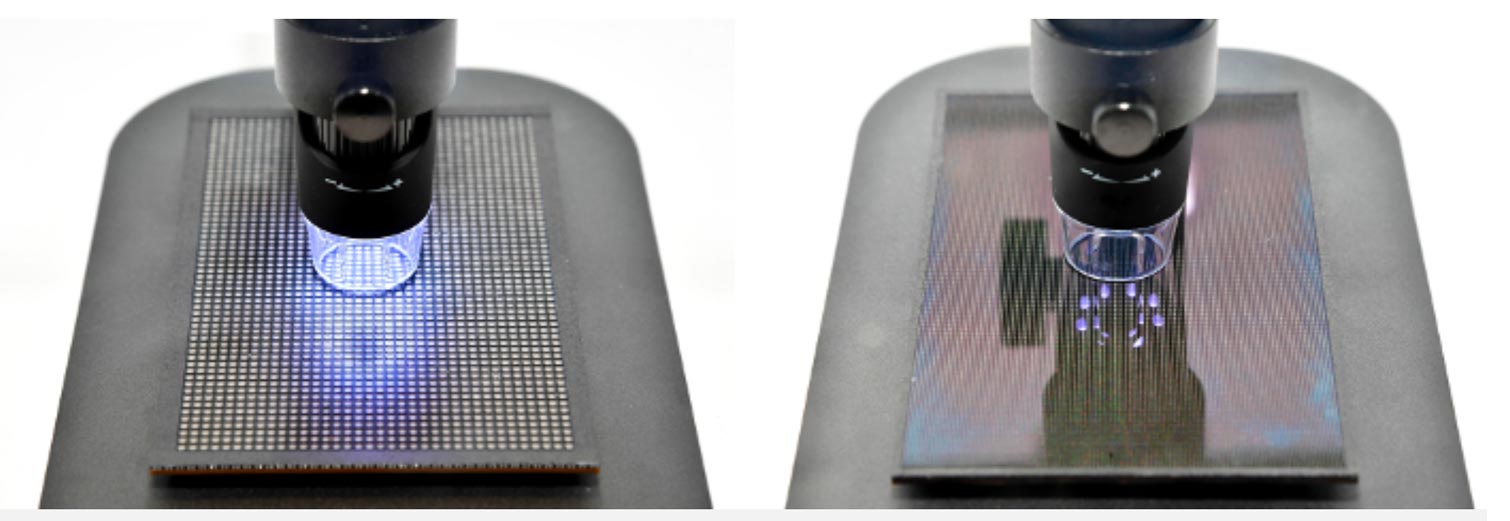Samsung's microLED TVs just hit a major roadblock
Samsung faces manufacturing troubles that could delay the first generation of microLED TVs.

Samsung has been teasing TV shoppers for a couple years with giant displays of The Wall, an enormous TV that stretches up to 150 inches and uses groundbreaking microLED technology. But recent setbacks in Samsung's manufacturing might mean that the impressive floor-to-ceiling TV may not go on sale this year.
According to a recent report from Korean news site TheElec, Samsung Electronics is facing an uphill battle in its initial microLED manufacturing, on top of the various disruptions brought on by the coronavirus pandemic. Additional reporting by SamMobile.com points to low assembly-line yields, difficulties producing consistent quality and millions of component parts not yet produced, despite being scheduled for assembly in spring.
- The best TVs we've reviewed
- Find the perfect TV with our TV buying guide
- What size TV do I need? We've got the answers
The consumer version of The Wall was originally set to debut in the second half of 2020. While no changes to that schedule have been publicly announced, these manufacturing setbacks suggest that the release may not happen as planned. Alternatively, with lower-than-expected assembly-line yields slowing down the supply, a 2020 version of The Wall may be more limited – and more expensive – than Samsung (and consumers) initially hoped.
MicroLED uses individual LED lights as pixels, much like the low-resolution Jumbotron screens you may have seen at sporting events or on electronic billboards. But by shrinking the size of each individual LED down to a pinprick of light just 100 to 200 micrometers wide, the new technology can be used in much higher resolutions, including 4K and 8K.

MicroLED technology has a lot of promise, providing a new form of self-emitting display that offers the same sort of contrast and perfect plack levels offered by OLED, but with brighter luminance and more vivid color. Without the organic compounds used in OLED, it also has the potential to deliver sharper, thinner displays that are less expensive to manufacture.
And it's not just Samsung that's working on this technology; Apple is pushing to move several products to microLED, starting with a rumored microLED display on the Apple Watch 6, and both LG and Sony have shown off microLED displays at trade shows in recent years.

Whenever it arrives, we are excited about the new microLED TV, if purely from a technical standpoint. The development of microLED technology could lead to better displays, not only on TVs, but also smartphones and smart watches, and the technology could offer better capability than OLED while offering better energy efficiency, for longer battery life. But, like any first generation technology, the first stretch of manufacturing is usually the most expensive and difficult, as new processes are developed and new limitations discovered.
Get instant access to breaking news, the hottest reviews, great deals and helpful tips.
Brian Westover is currently Lead Analyst, PCs and Hardware at PCMag. Until recently, however, he was Senior Editor at Tom's Guide, where he led the site's TV coverage for several years, reviewing scores of sets and writing about everything from 8K to HDR to HDMI 2.1. He also put his computing knowledge to good use by reviewing many PCs and Mac devices, and also led our router and home networking coverage. Prior to joining Tom's Guide, he wrote for TopTenReviews and PCMag.

